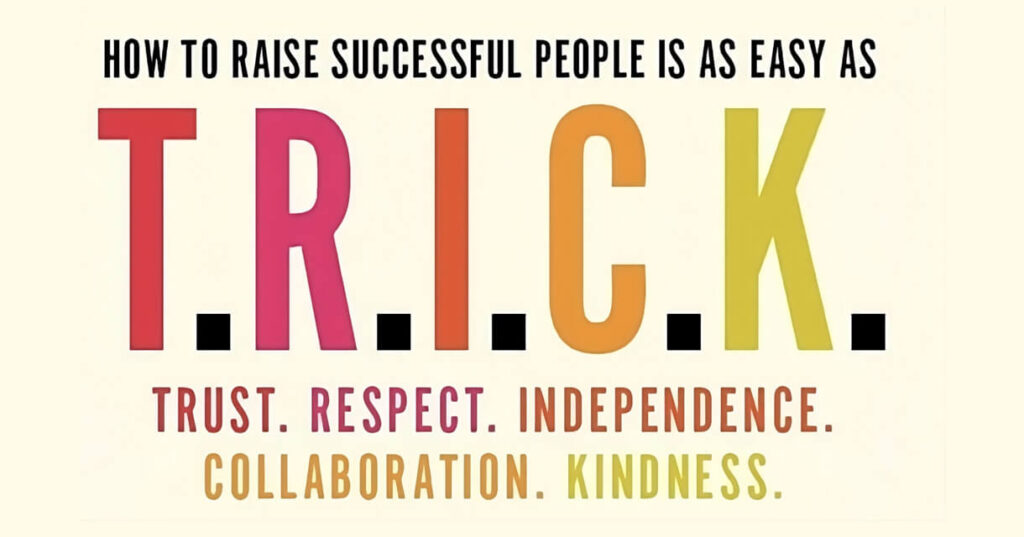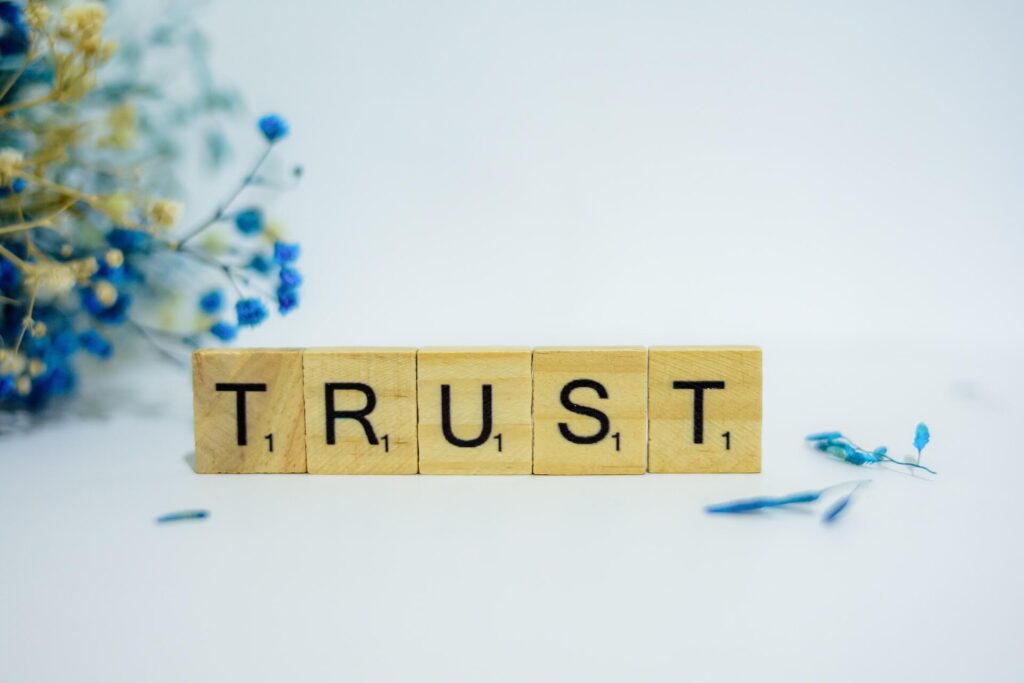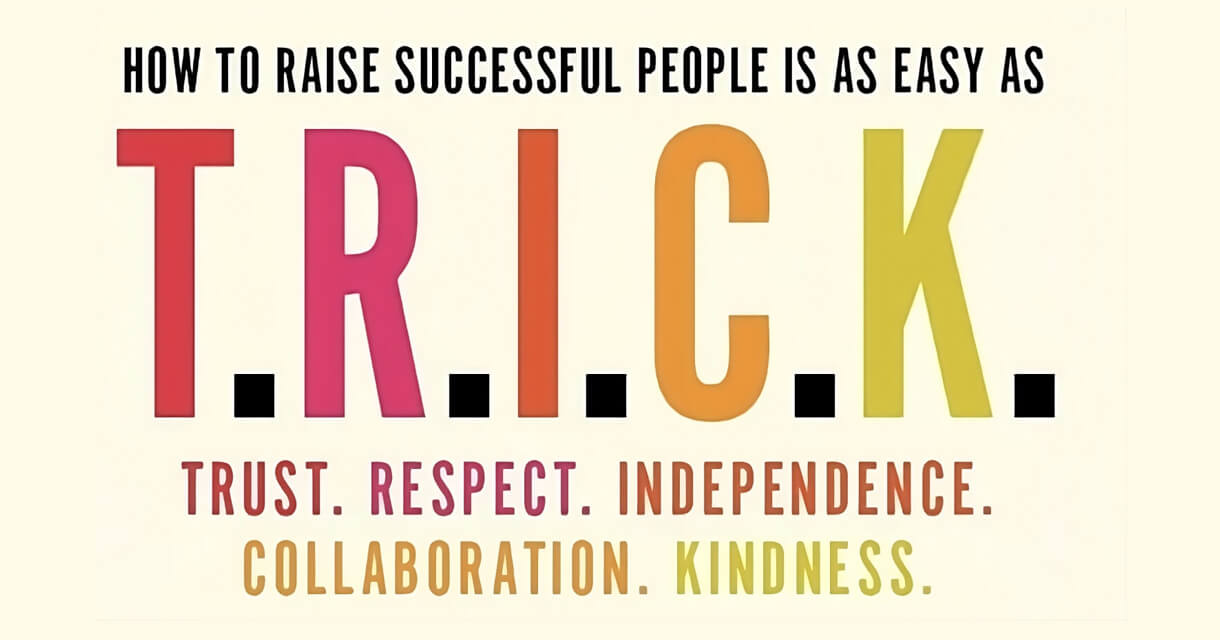Creativity is the cornerstone of innovation and personal growth. It’s the spark that fuels our imagination and allows us to think beyond boundaries. Esther Wojcicki, a renowned educator, journalist, and author, has developed a robust framework called the T.R.I.C.K. Model that can help anyone tap into their creative potential.
Introduction to Esther Wojcicki
Esther Wojcicki is a trailblazer in the fields of journalism, education reform, and technology integration. With a career spanning nearly four decades, she has left an indelible mark on the education landscape. As the founder of the esteemed Palo Alto High School Media Arts program, Esther has pioneered innovative teaching methods that have inspired countless leaders in both education and business.
She is also the visionary behind Global Moonshots in Education, a non-profit organization dedicated to bringing self-directed, experiential learning to classrooms around the world. Esther’s influence extends far beyond the classroom walls; her impact is evident in the success of her own daughters — Janet, a renowned anthropologist; Susan, the former CEO of YouTube; and Anne, the founder of the genomics company 23andMe.

In addition to her role as a Professor and Honorary Scholar at Stanford University, Esther Wojcicki is a globally recognised trainer, consultant, and speaker. Her expertise in e-learning, educational technology, and instructional design has shaped the future of education. She has worked closely with organizations such as Google, the U.S. Department of Education, Hewlett Foundation, Carnegie Foundation for Advancement of Teaching, and Time Magazine Education, providing invaluable insights and guidance.
Esther’s dedication to blended learning and integrating technology into education has positioned her as a leader in the field. Her contributions to the establishment of the Google Teacher Academy and her ongoing involvement with GoogleEdu underscore her commitment to shaping the educational landscape of the future. As a consultant and advisor, Esther Wojcicki continues to pave the way for innovative, student-centered learning experiences.
Introduction to the T.R.I.C.K. Method
The T.R.I.C.K. Method, developed by esteemed educator Esther Wojcicki, stands as a guiding beacon for individuals and teams aspiring to enhance their creativity and innovative thinking. At its core, this method embodies five fundamental principles: Trust, Respect, Independence, Collaboration, and Kindness. By integrating these principles into everyday practices, the T.R.I.C.K. Method serves as a powerful catalyst for unleashing untapped creative potential.

In the subsequent sections, we delve deeper into each principle, exploring actionable steps and insights to help you integrate the T.R.I.C.K. Method into your life, fostering a future rich in creativity and innovation.
Understanding the T.R.I.C.K. Method
T – Trust: The Core of Creative Exploration
Trust is the foundation of any creative endeavor. Wojcicki believes that when individuals trust themselves and their ideas, they’re more likely to take risks and explore uncharted territory. This trust also extends to the people around you, including colleagues and collaborators. In a trusting environment, people are more willing to share their thoughts and collaborate, leading to a rich exchange of ideas.

Action Steps:
- Cultivate self-trust by acknowledging your strengths and believing in your creative abilities.
- Foster trust in your team by being open to new ideas and creating a safe space for sharing.
R – Respect: Embracing Diverse Perspectives
Respect is all about valuing diverse perspectives and treating others with kindness. Esther Wojcicki emphasizes that a respectful environment encourages people to express their thoughts freely. When individuals feel respected, they’re more likely to engage in open dialogue and offer constructive feedback.
Action Steps:
- Listen actively to others’ ideas and viewpoints, even if they differ from your own.
- Encourage respectful communication within your team to create an inclusive and collaborative atmosphere.
I – Independence: Fueling Personal Creative Exploration
Independence is the freedom to explore one’s own creative interests and passions. Wojcicki believes that individuals need space to nurture their creativity independently. When given autonomy, people can delve deep into their interests and come up with innovative solutions to problems.

Action Steps:
- Carve out time for personal exploration and creative pursuits.
- Provide opportunities for independence in your team’s projects, allowing team members to take ownership of their work.
C – Collaboration: The Heartbeat of Innovation
Collaboration is the heart of the T.R.I.C.K. Model. It’s the idea that when diverse minds come together, they can create something more significant than the sum of their parts. Esther Wojcicki emphasizes the importance of working with others to pool ideas, knowledge, and skills.
Action Steps:
- Actively seek out opportunities for collaboration, both within your organization and outside it.
- Foster a collaborative culture where team members are encouraged to share their ideas and work together towards common goals.
K – Kindness: Fostering a Supportive Creative Ecosystem
Kindness is often underestimated as a catalyst for creativity. Wojcicki argues that when individuals are treated with kindness, they feel more comfortable taking risks and expressing their ideas. A culture of kindness also helps build trust and respect within teams.

Action Steps:
- Practice kindness in your interactions with others, both personally and professionally.
- Encourage acts of kindness within your team, such as offering support and recognition.
The T.R.I.C.K. Model by Esther Wojcicki offers a comprehensive approach to nurturing creativity in individuals and teams. By fostering trust, respect, independence, collaboration, and kindness, you can unlock your creative potential and contribute to a culture of innovation in your personal and professional life. Embrace the T.R.I.C.K. Model and watch as your creativity soars to new heights.


